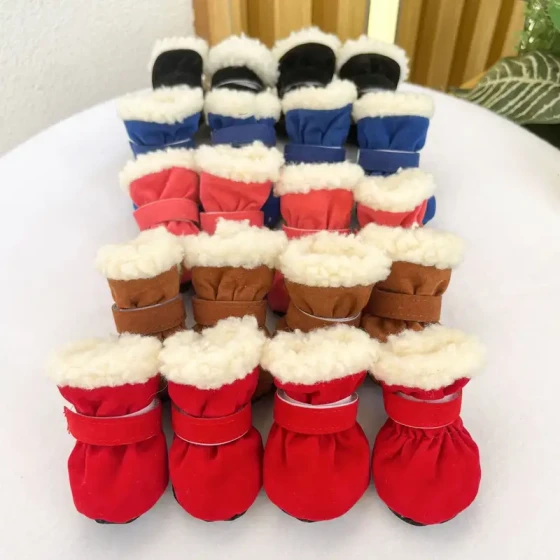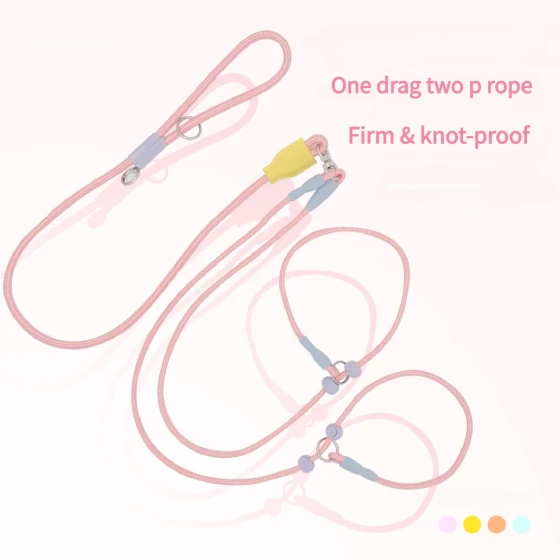What to do if the dog has fleas, four methods to remove fleas from dogs
If a dog has fleas on its body, before long, the owner will also feel itchy. Unsure if it's psychological or if fleas have really moved onto themselves, it is always uncomfortable. So many people, when encountering this, try many methods to remove them, but often fail to thoroughly eliminate the fleas and eventually have to go to a pet hospital. Actually, solving flea problems is not complicated as long as you grasp some tips and apply simple methods. How to do it specifically?
First, the owner must have a systematic understanding of fleas. They are actually parasites, belonging to external blood-sucking pests. If a dog is infested with fleas, it seriously affects its life. Generally, the harm from fleas to dogs mainly has two aspects: one is fleas can transmit infectious and parasitic diseases; the other is the intense skin irritation caused by fleas, often leading to unbearable itching. At this time, the dog will scratch vigorously. This easily damages the skin, and the dog cannot rest properly, causing loss of appetite and mood depression!

What to do if the dog has fleas, four methods to remove fleas from dogs
Above we understood the specific meaning of fleas. The main symptoms are dogs scratching vigorously, rubbing against the floor, which causes hair loss, shedding, or skin abrasions. In severe cases, pustules and other fluids may appear, making the situation serious. If the dog shows these symptoms, the owner should treat it promptly. Some owners ask, how to treat fleas on dogs? Here are some key points that may help!
1. Use a fine-toothed comb
Owners can use a fine-toothed comb to groom the dog's fur. During this process, some fleas will definitely get caught between the comb teeth. At this time, owners must not crush the fleas but stick them onto adhesive tape or place them in detergent-mixed water to kill them. Why not crush them immediately? Because if crushed, twin worms inside the fleas may escape and easily be swallowed by cats, dogs, or other animals, leading to unpredictable consequences!
2. Thorough home cleaning
If removing fleas from fur is an internal factor, home cleaning is an external factor. Owners should conduct a thorough cleaning of the home, removing any escaped fleas (including those fallen on beds, floors, etc.). Pay special attention to corners of the house, such as floor edges, carpet or blanket fibers, etc. If this method cannot fully remove fleas, traditional methods like spraying insecticides indoors or placing many insecticidal granules on carpets can be used. Note that insecticide boards are fleas’ nemesis, but they also affect humans and cats, so this method is recommended only in emergencies!
3. Use flea powder
Flea powder is designed for dogs that don't like bathing. When using, pay attention to the back of the dog's ears, abdominal leg fur; it is best to apply flea powder by hand onto these hidden spots, then comb the fur once more. There is no need to apply daily, once every three days is enough!
4. Citrus peel juice
Owners can chop fresh orange peels into pieces, then wrap them with gauze and squeeze hard. The juice, which tastes bitter, will come out. Then mix the juice with boiling water and stir well. After it cools, evenly sprinkle it on the dog’s body or wrap a towel soaked in it around the dog. About an hour later, all the fleas on the dog will have died!

Actually, why wait until problems arise to solve them? Prevention mainly starts with hygiene, such as frequently bathing the dog, regularly grooming its fur, and taking it out to bask in the sun. Also, using a flea collar is a good method. The collar contains insecticide; medicine emits from holes on the collar, covering the dog's entire body and has some effect. However, it is not recommended to use flea collars for long periods because some dogs may be allergic, which could cause skin diseases that are more troublesome than fleas!

-560x560.webp)



